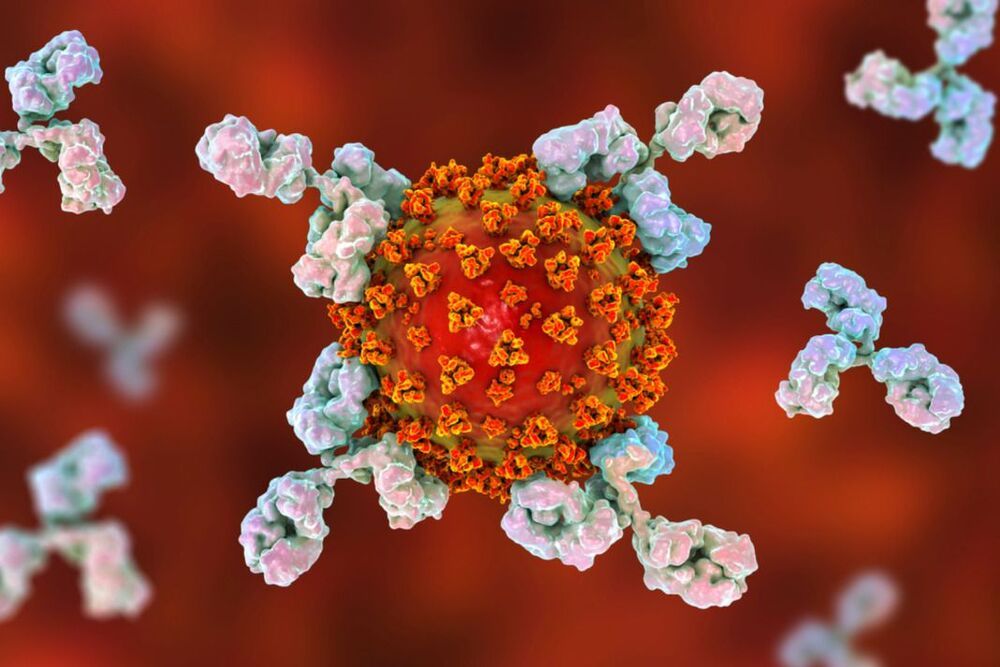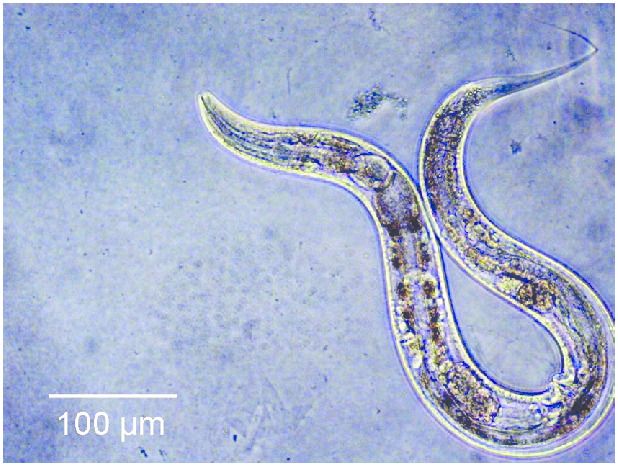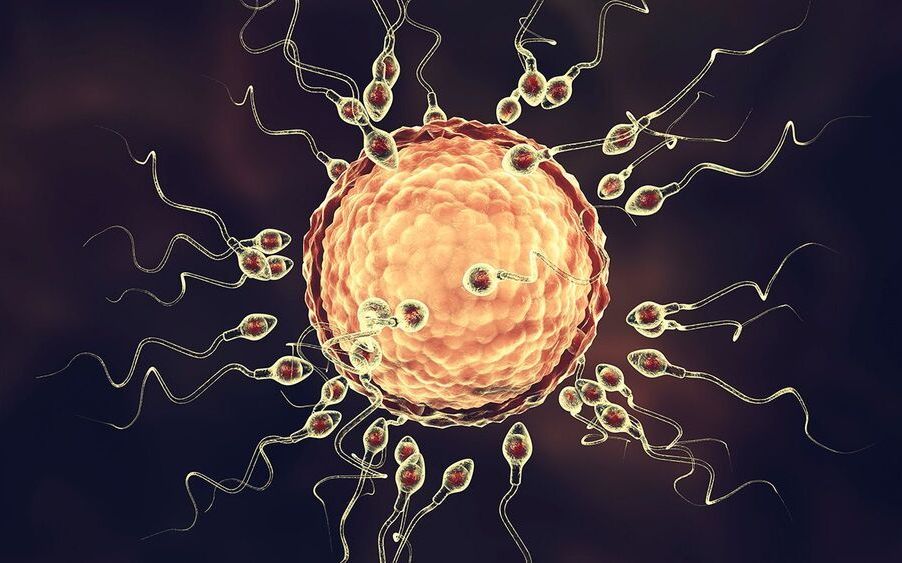Jun 27, 2021
Major Funding Announced for Nanobody Research
Posted by Joe Bennett in categories: biotech/medical, life extension
AgomAb Therapeutics have announced the successful acquisition of a second round of funding ($74M) for research into the applications of antibodies for use in the field of regenerative medicine. Antibodies have already received a large amount of attention for their ability to positively effect numerous conditions such as inflammation, metabolic disorders, and non-healing wounds.
Antibodies are small protein molecules which are used by the body to ‘tag’ foreign pathogens in order for the immune system to identify and destroy them. What is unique about these antibodies is that due to their structure they will only attach themselves to a particular pathogen (at a particular site known as an antigen). In many cases, the binding of an antibody to a pathogen such as a virus is enough to completely inactive the pathogen, making it effectively harmless.


















